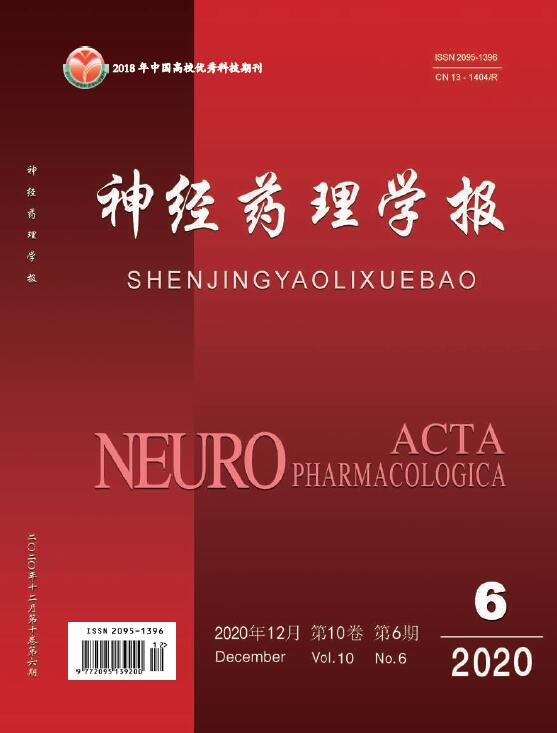Objective:To explore the effect of aspirin on neuronal apoptosis and its mechanism in rats with ischemic cerebral infarction. Methods:90 healthy SD rats were randomly divided into 3 groups,named the control group,the model group,and the aspirin group(50 mg·kg-1),each group with 30 cases. Except for the control group,the other two groups were treated with common carotid artery obstruction. To establish a rat model of ischemic cerebral infarction. The aspirin group was given continuous intragastric administration of aspirin at a dose of 50 mg·kg-1 5 days before modeling. On the 6th day,3 groups of rats were sacrificed. The TdT-mediated dUTP Nick-End Labeling
(TUNEL) method was used to detect neuronal cell apoptosis in rat brain tissue. Western blot technology was used to detect rat brain tissue nerve. The expression of B-cell lymphoma-2 (Bcl-2)and Bcl2-associated X(Bax)protein in metabolites and the release of Cyt-C. Results: The TUNEL method showed that the apoptosis rate of neuronal cells in the brain tissue of the aspirin group was significantly lower than that of the model group. The results of Western blot technology showed that the expression of Bcl-2 protein in the brain tissue of the aspirin group was significantly higher than that of the model group. The Bax protein expression and cytochrome C(Cyt-C)release amount were significantly lower than the model group,and the above differences were statistically significant(P<0.05). Conclusion:Aspirin can effectively reduce the neuronal cell apoptosis in brain tissue caused by ischemic cerebral infarction and play a neuroprotective effect. The mechanism may be related to reducing the release of mitochondrial Cyt-C,while increasing the expression of Bcl-2 protein and reducing Bax. The amount of protein expression is related.

